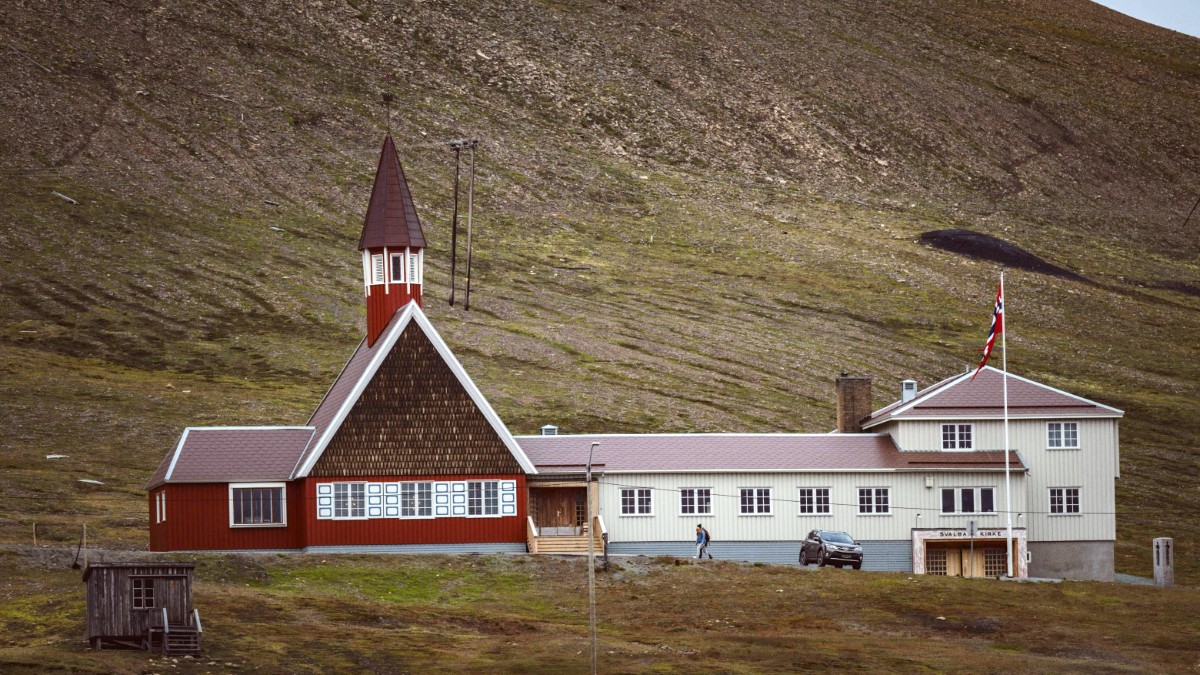
Svalbard, Norway
A multi-layer system traps air for insulation. It allows you to adjust your clothing based on activity level and rapidly changing weather conditions.
Different seasons call for specific clothing. Extreme cold in winter requires heavy insulation, while summer allows for lighter, yet still protective, layers.
Insulated, waterproof winter boots with excellent grip. Essential for snow and ice conditions.
Waterproof hiking boots or sturdy walking shoes. Suitable for trails and town.
Bring indoor shoes or slippers. Customary to remove outdoor shoes. Consider microspikes for icy patches.
Careful organization of your travel documents ensures a stress-free trip. Have both physical and digital copies.
Arctic conditions, especially cold, impact battery life, so plan accordingly. Ensure your devices are compatible with local power standards.
Capture the unique Arctic scenery. Protect your gear from moisture and cold. Useful apps will aid your navigation and aurora hunting.
Necessary for Northern Lights and other long-exposure photography. Stability produces sharp images.
Consider a GoPro for outdoor activities; durable and often waterproof for snowmobiling or dog sledding.
Yr.no (weather), My Aurora Forecast & Alerts, Google Maps/Maps.me (offline maps), Google Translate.
Pack a practical health and wellness kit for Arctic travel. This helps address common issues and any specific needs.
Bring all necessary prescription medications with documentation. Over-the-counter remedies might be expensive or unavailable locally.
A day pack holds essentials. An insulated thermos keeps liquids from freezing.
Snowmobiling and dog sledding tours typically supply heavy outer layers. Focus on bringing your own thermal base layers and wool socks.
Extra camera batteries are a must. A sturdy tripod aids long exposures for Northern Lights. A lens cleaning kit maintains clear images.
Beyond clothing and electronics, several other items contribute to a comfortable and prepared trip to Longyearbyen.
High-quality outdoor gear is available locally but at a higher price. Bringing your preferred brands for clothing, medications, or toiletries is a good strategy.
Tap water is safe; reduce plastic waste.
Plastic bags may incur charge or not be available.
Useful for self-catering or packed lunches.
Reduce paper consumption on your trip.
Check with your tour operator about gear rentals. They often provide specialized outer layers for activities like snowmobiling, which are rated for extreme conditions.
This approach saves luggage space and ensures you have the right gear for the specific tour.